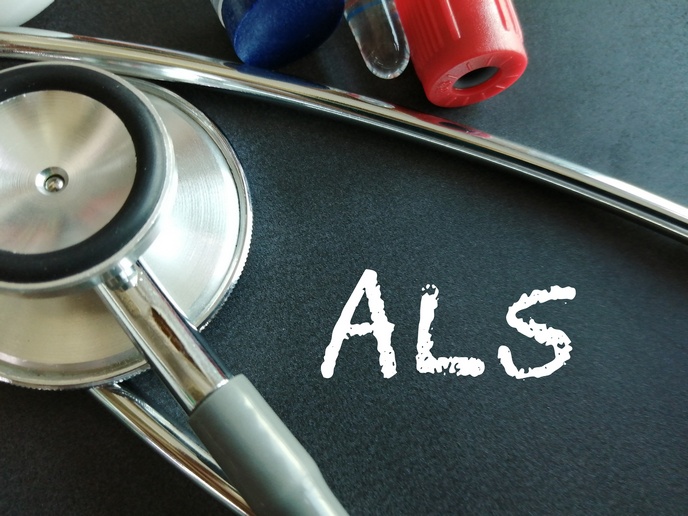Anti-bacterial implants tackle drug resistance
Biomaterial-associated infection (BAI) in implant devices is caused by biofilm formation, mainly of Staphylococcus aureus and coagulase-negative Staphylococci. BAI is very difficult to treat with antibiotics and alternative approaches are urgently needed to combat such infections. The EU-funded BALI(opens in new window) (Biofilm alliance) project has generated synthetic antimicrobial and anti-biofilm peptides (SAAPs) and a polymer-lipid encapsulation matrix (PLEX) coating to prevent BAI. A release system for coating application on the biomaterials' surface has also been developed. Researchers used the synthetic OP-145 peptide – a potent anti-inflammatory, antimicrobial and anti-biofilm compound – to derive other candidate peptides. Human antimicrobial proteins (thrombocidin-1 and LL-37) also served as starting templates for second generation peptide synthesis. The team selected peptides with an improvement in activity in buffered saline and then pooled human plasma. Key to the effectiveness of SAAPs as opposed to antibiotics is their multiple mode of action. On top of their ability to prevent biofilm formation, they exhibit strong anti-inflammatory activity. In vitro experiments also showed that OP-145 affects the integrity of both bacterial and mammalian membranes with detergent-like behaviour. Second generation SAAP-148 is the most promising peptide generated during the BALI research. A toxicity data package for further clinical development of SAAP-148 has been put together. To achieve controlled release of SAAPs, the scientists developed the PolyPid polymer-lipid-based drug delivery platform. Following extensive optimisation to make it suitable for coatings, it has successfully been used to cover implants in various animal models. Dissemination of the research success of BALI includes seven articles in peer-reviewed journals with another ten under review as well as 57 abstracts and oral or poster presentations. BALI research has also been the focus of four radio interviews and 17 popular press articles. The consortium is confident that apart from preventing biofilm formation, this approach will also reduce the development of antimicrobial resistance. Furthermore, the expectation is that other more effective candidates for starter template molecules could be identified, increasing the chances of developing even more effective antimicrobials. The BALI method is anticipated to reduce infection risk as well as operative and hospitalisation costs despite the increasing number of hip replacement operations.







